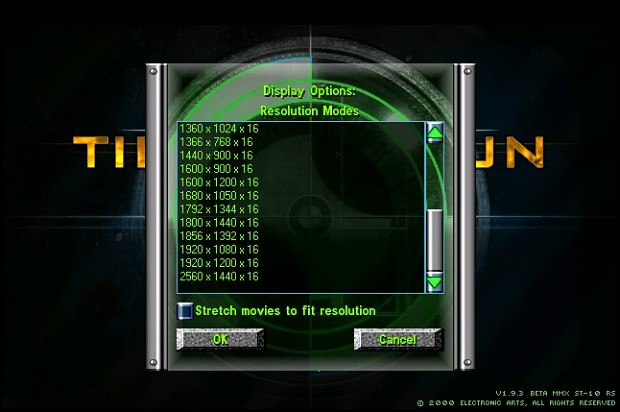

Get feedback from the DRAM interface to see how well it's doing too. As well, the MC gets direct feedback from all clients as to their "urgency" level (which refers to different things for different client, but, simplifying, tells the MC how well they are doing and how much they need their data back), and adjusts things dynamically (following programmed algorithms) to deal with this. The MC also looks at the DRAM activity and settings, and since it can "look" into the future for all clients, it can be told different algorithms and parameters to help it decide how to best make use of the available BW. The "longer" the time view, the greater the latency the clients see but the higher the BW is (due to more efficient requests re-ordering). Our new MC has a view of all the requests for all the clients over time. Timedemo 1 built in to the game shows similar gains and the HEXUS results show a 32% performance boost at 1600x1200. On an Athlon 64 FX-57 system (ASUS A8N-SLI, 1GiB DDR400, Radeon X1800 XT 625/750, GeForce 7800 GTX 430/600), the tool shows the following increase in Doom3 scores using HEXUS's own custom demo.

The fix will shortly be rolled into CATALYST 5.11 according to ATI sources and a beta drop of that driver will be made available for testing in due course, before the final WHQL driver from Terry Makedon's CATALYST team is made available for public download in November. With Doom3 the poster child for that graphics API, ATI's willingness to promote the increases in that application in particular are understandable. The tool seemingly changes the way the graphics card maps and accesses board memory to better deal with handling AA sample data.Īs well as supporting Doom3, the tool is said to increase performance in all OpenGL titles when using antialiasing. Improvements 'of up to 35%' in Doom3 are explicitly mentioned by sources within ATI. ATI produce tool to increase Doom3 scores 'up to 35%' with AA enabledĪTI Technologies have this morning made a tool available to HEXUS which supposedly improves scores in most OpenGL games when antialiasing is enabled at high resolution.


 0 kommentar(er)
0 kommentar(er)
